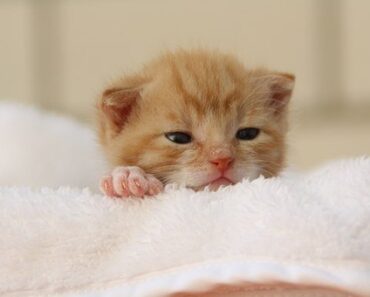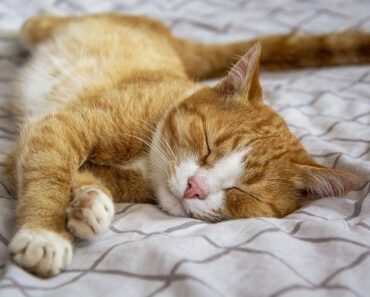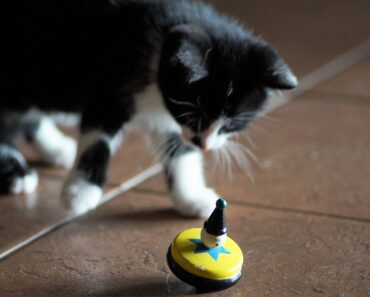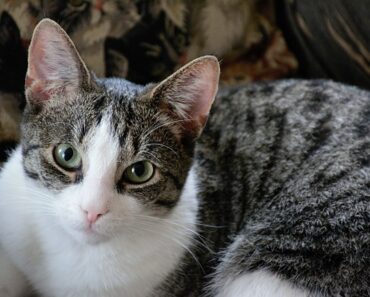It is important for a cat owner to know the existence of urinary disorders, how they manifest themselves, but also the main risk factors on which preventive measures depend.
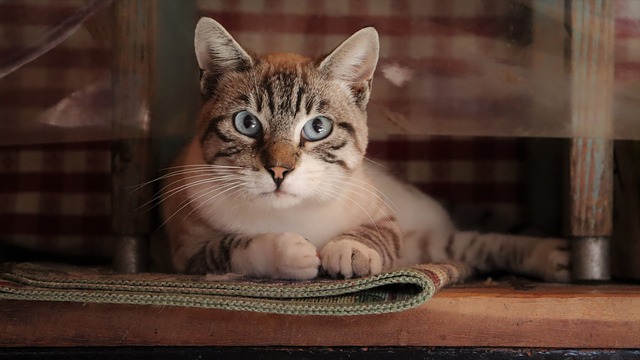
How do I know if my cat has a urinary tract problem?
A cat’s urinary system includes the kidneys, which produce urine, the bladder, which stores it, and the urethra, which passes it to the outside. Lower urinary tract diseases can manifest themselves as cystitis or urethritis. The cats most concerned are adults between 2 and 6 years old.
Generally speaking, these disorders are expressed by difficulties in urinating: the cat gets into position, but only urinates a few drops. This sequence is repeated many times during the day. In some cases, the feline urinates outside the litter box because it feels an urgent need to empty itself. Although it is difficult to assess, cystitis is often painful: the cat may meow while urinating or lick its genital area. Finally, the urine may sometimes be slightly tinged with blood. In these cases, it is necessary to consult a veterinarian.
What are the different causes of these disorders?
Urinary stones
Urinary stones in cats are small stones that form from minerals in the urine. Their formation depends on the pH of the urine, which is normally close to 6.5.
- If the cat’s urine is too basic (>7), struvite stones can form. To dissolve them, the urine must be acidified. Here, the quality of the diet plays a determining role. Specially formulated kibbles can help solve the problem, as they contain optimal levels of minerals that help regulate the pH. With advances in diet and the overall increase in the quality of cat food in recent years, these stones are less common than they used to be. In addition, splitting the diet into several small meals also helps to acidify the urine and combat this type of stone.
- If the urine is acidic (pH<7), other stones can form: “calcium oxalates” and, unlike struvites, these stones cannot be dissolved by a specialized diet or medication, but must be surgically removed.
Idiopathic cystitis
In the vast majority of cases, urinary disorders have no explanation: this is called “idiopathic cystitis”. They are then linked to an emotional state, such as stress or boredom. The animals most affected by these problems are indoor cats, which are more prone to boredom, cats that live with a fellow cat, or neutered and/or obese felines. Also, any other cause of stress can favor the appearance of cystitis in cats with an anxious temperament: work, moving, recent change in the rhythm of life.
In all cases, it is necessary to consult your veterinarian to exclude the rarer causes and to relieve the cat. Most often, an episode of idiopathic cystitis lasts only a few days, but recurrences are frequent and require certain measures to be taken to avoid them, notably by reducing the cat’s level of stress and boredom. This can be done by enriching the cat’s living environment with toys, adding an extra litter box, and providing rest areas. If your cat is sensitive, the use of pheromone diffusers can help, but in more serious cases, the veterinarian may prescribe anti-stress medication or even anti-inflammatory drugs to limit pain.
On the other hand, the cat should be encouraged to drink a lot, in order to dilute the urine as much as possible. You need to make sure your feline has fresh water available at all times. Also, if your cat is fed exclusively on kibble, you can gradually replace part of its diet with cat food, which is rich in water.
Urinary tract infections
Urinary tract infections are very rare in cats. Indeed, in this species, the urinary tract has very good defense mechanisms against bacteria. Infections are therefore mostly found after trauma to the urinary tract, in older cats with weakened defenses, or in young kittens with urinary tract malformations.
Urethral obstruction
In some cases in male cats, the urethra may become blocked and the cat cannot urinate at all. This is an absolute emergency that requires immediate veterinary attention. The veterinarian will confirm the obstruction by palpating the bladder: the bladder being very full, it forms a real “globe”. This condition is dangerous but also painful.
In summary, it is important to keep a close eye on your cat’s litter box, and to make sure that urination is normal, especially if your cat has risk factors. Preventive measures should be taken, especially after spaying or neutering; maintaining an optimal weight plays an important role, as does switching to a special diet for spayed or neutered cats.

